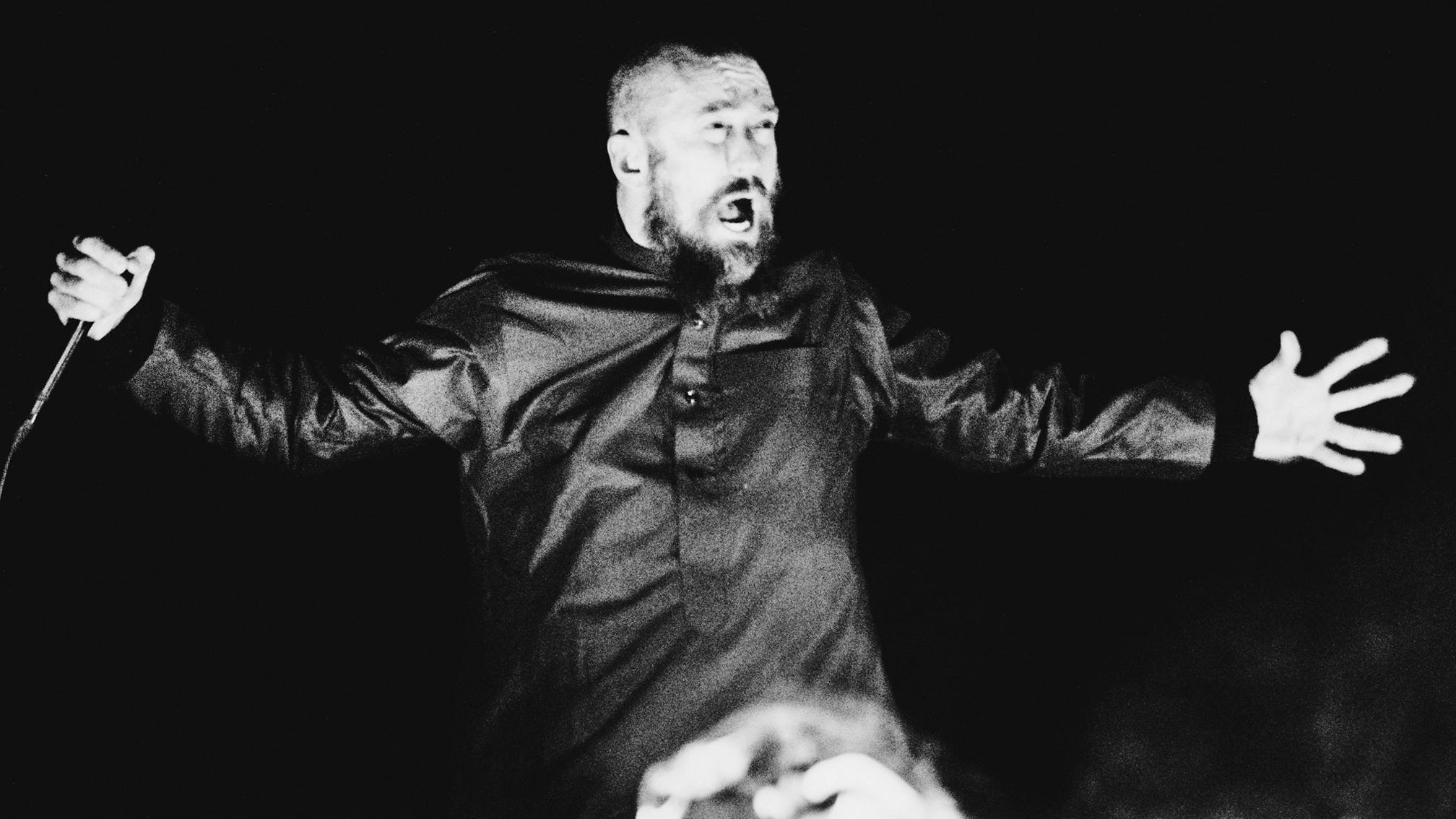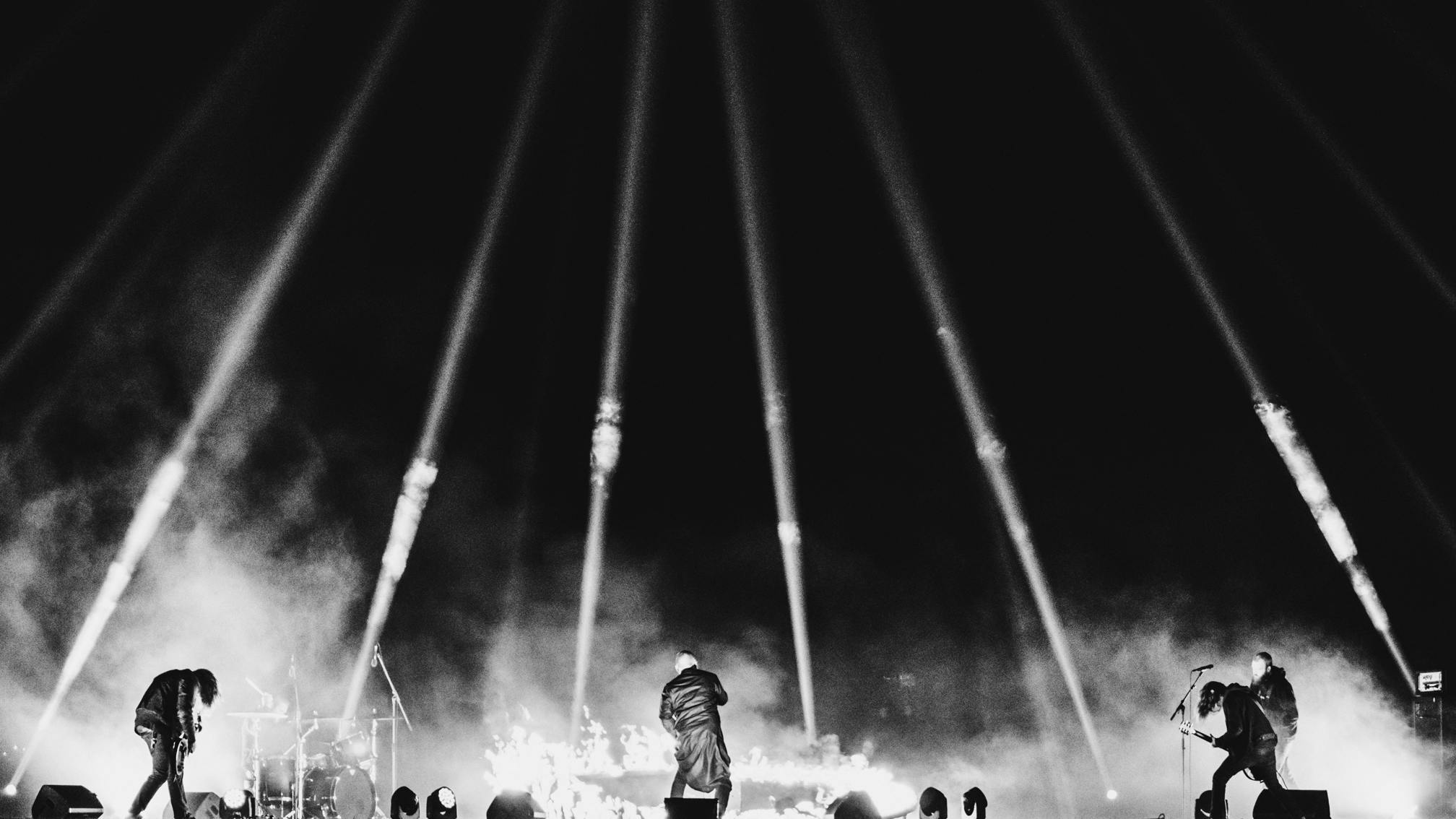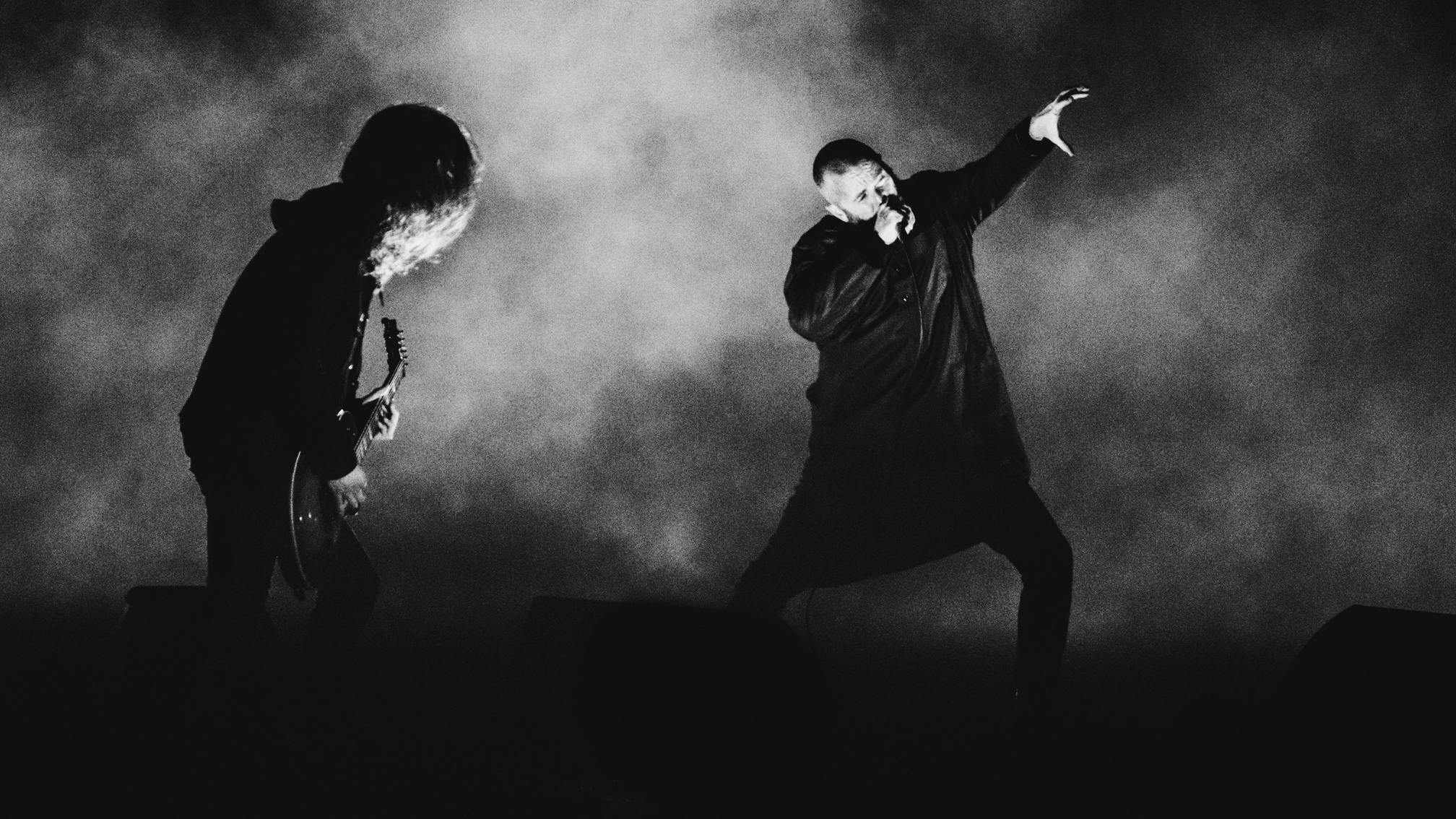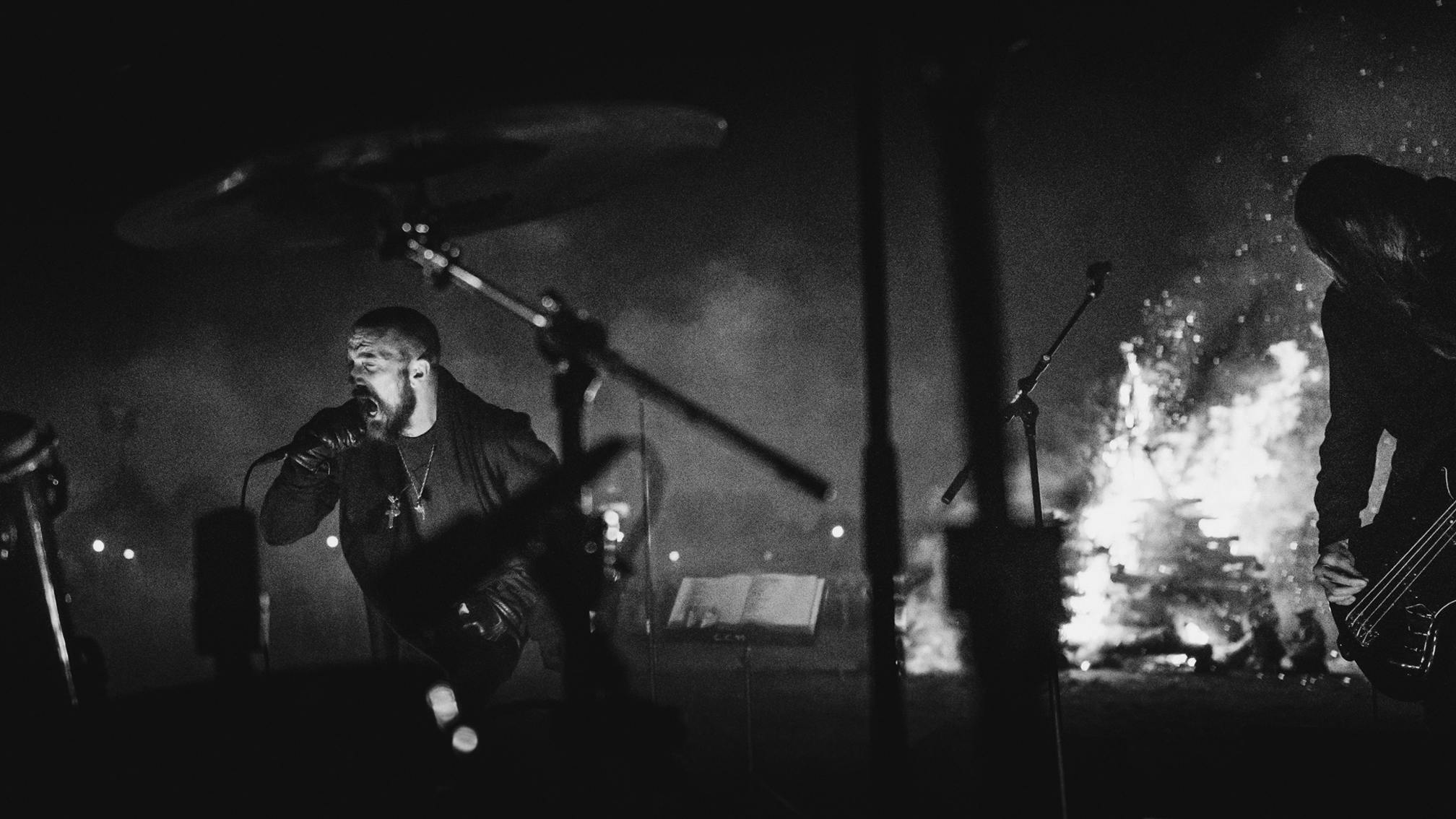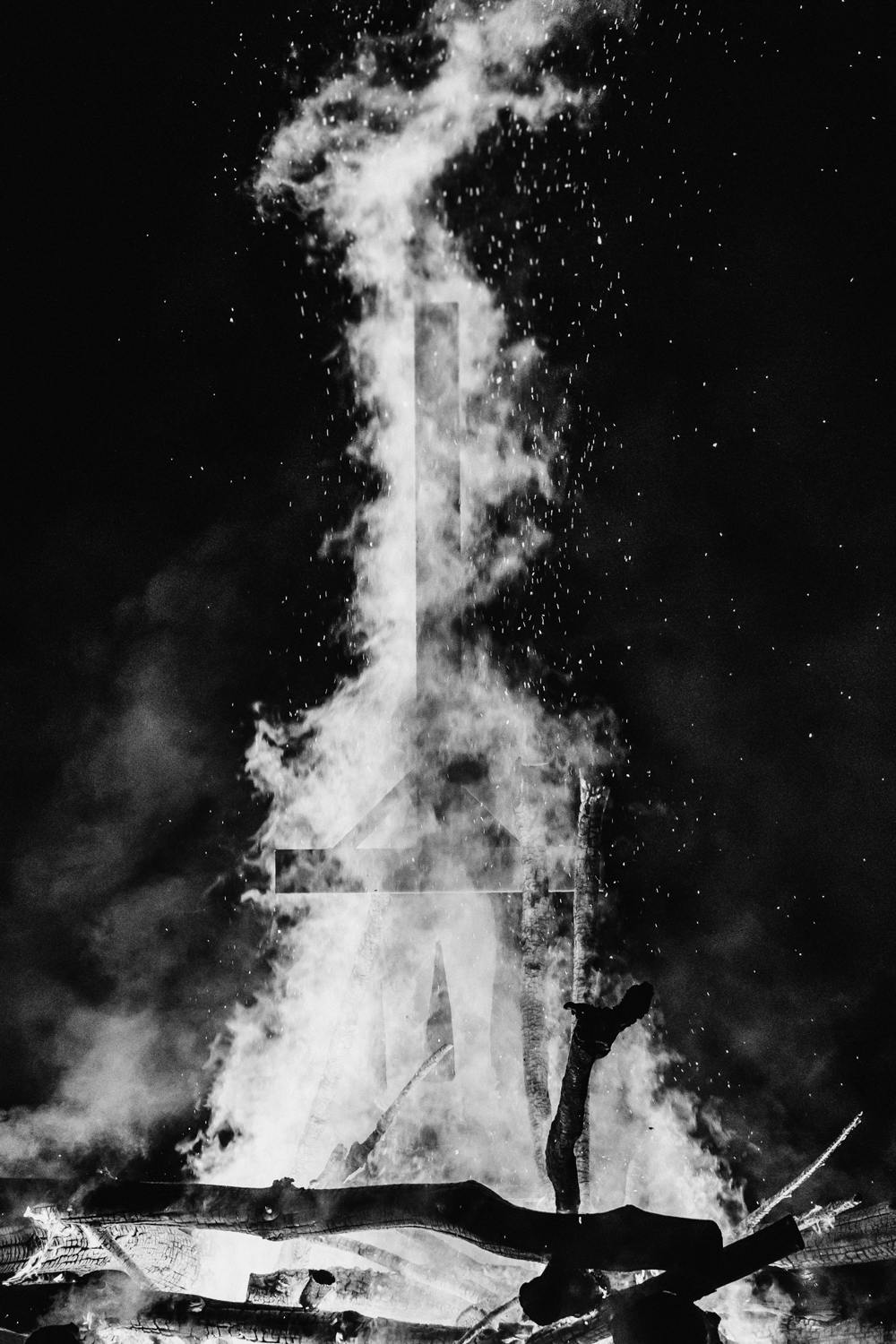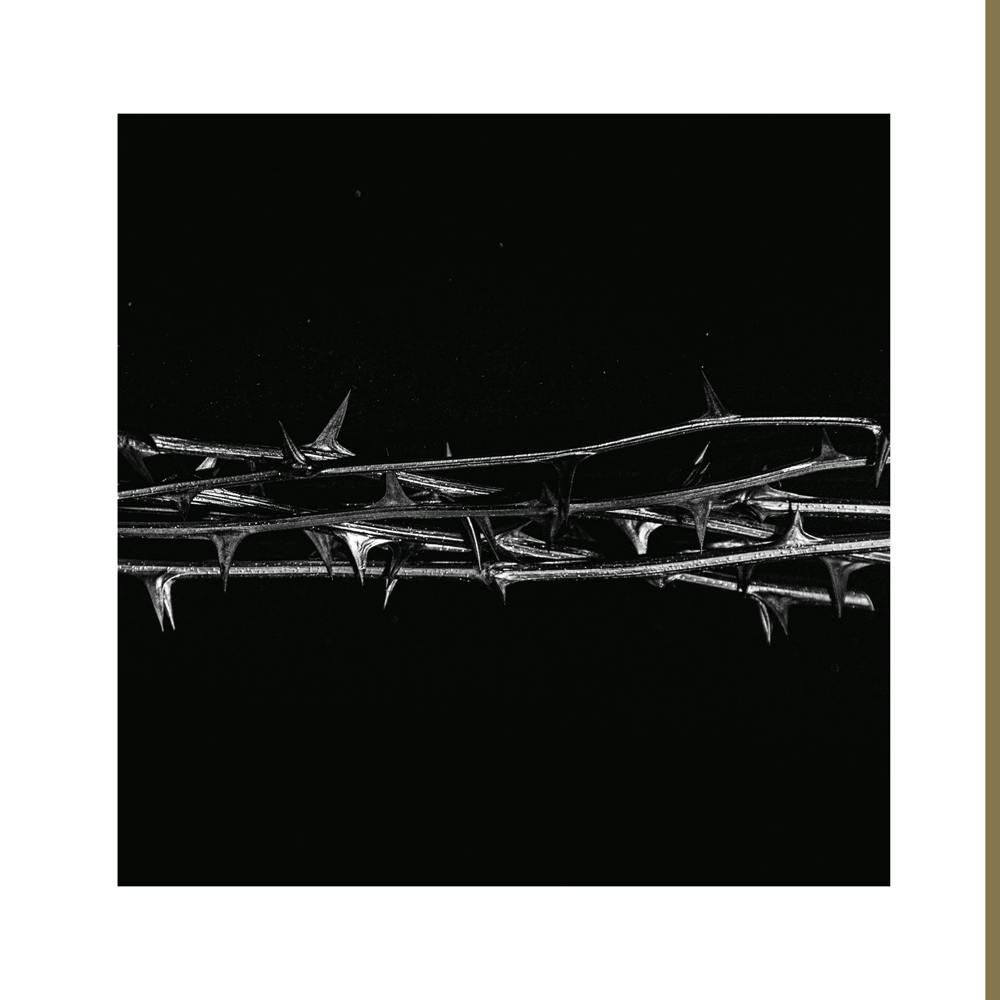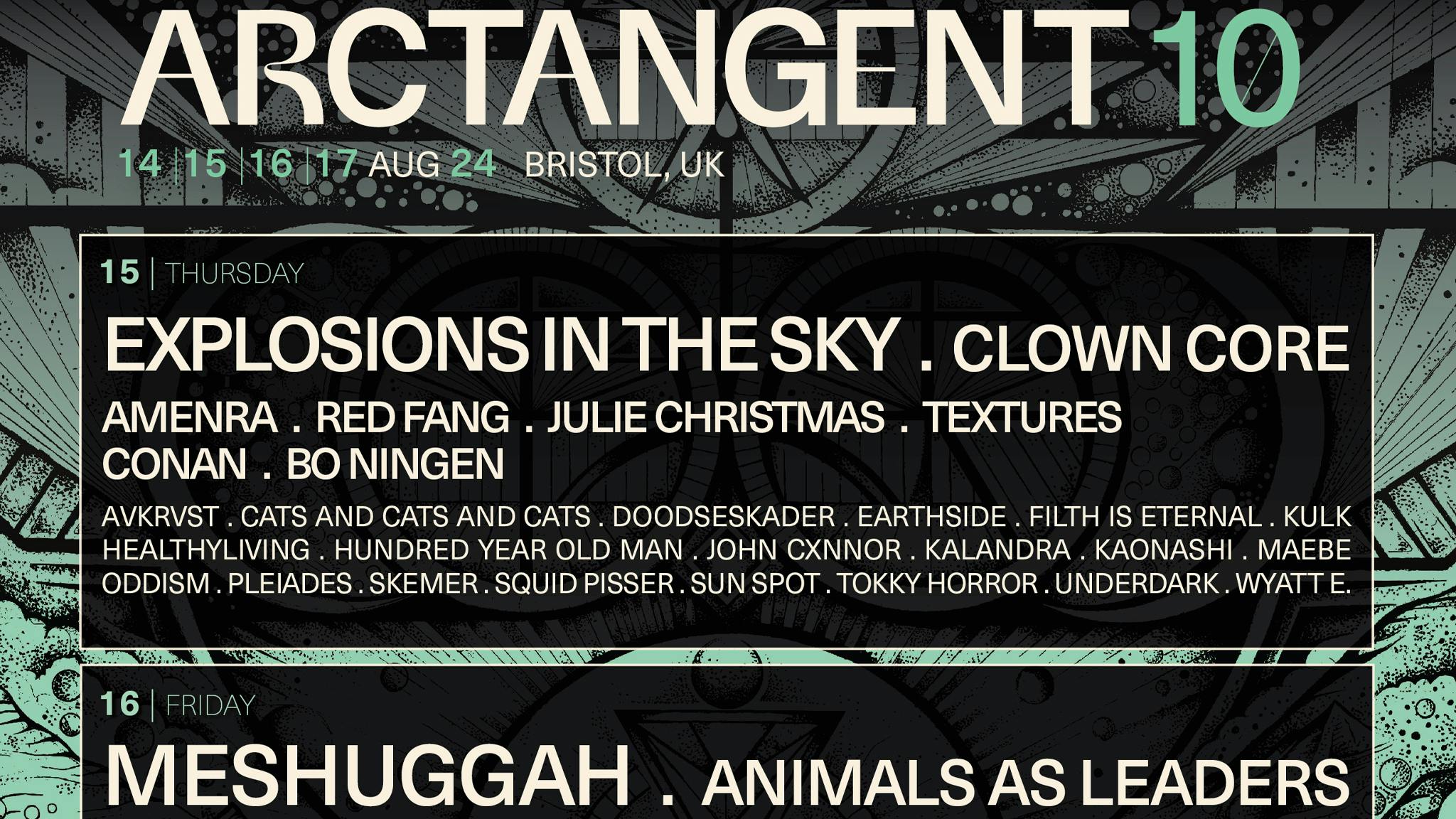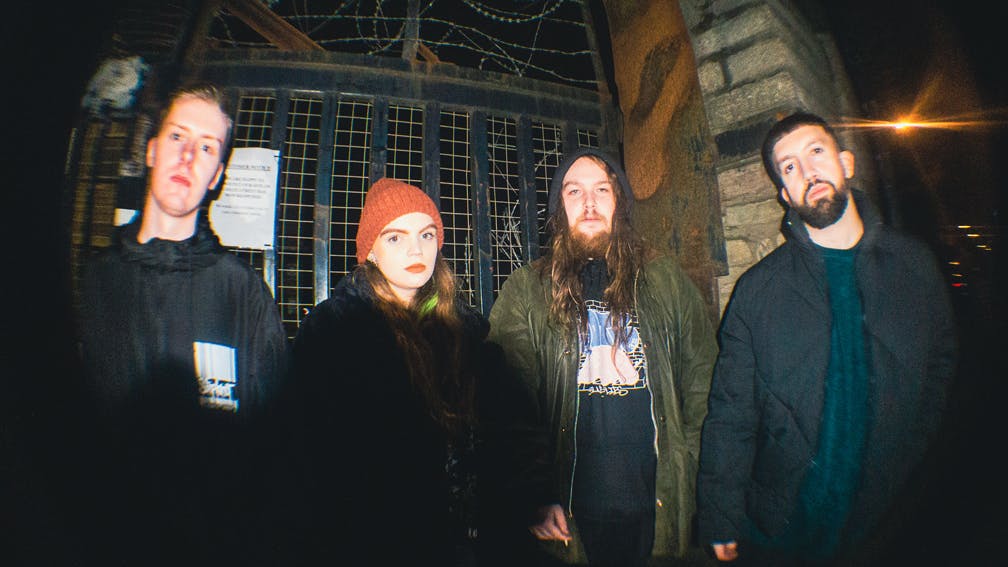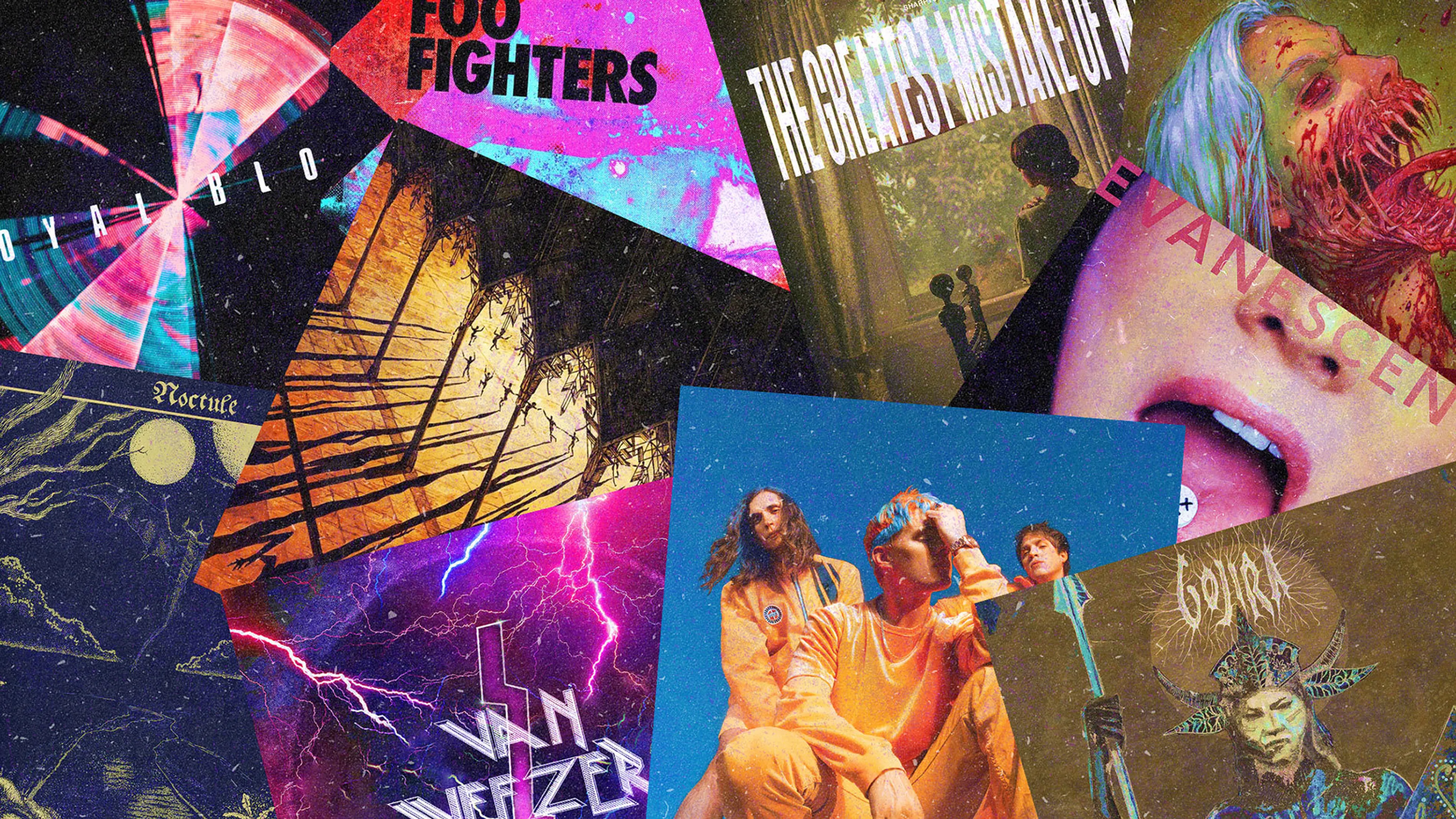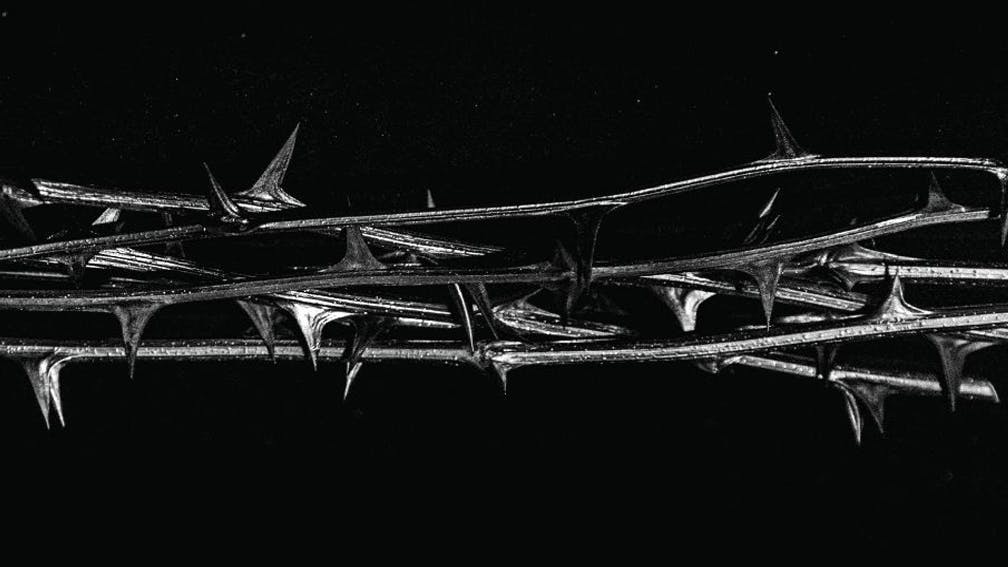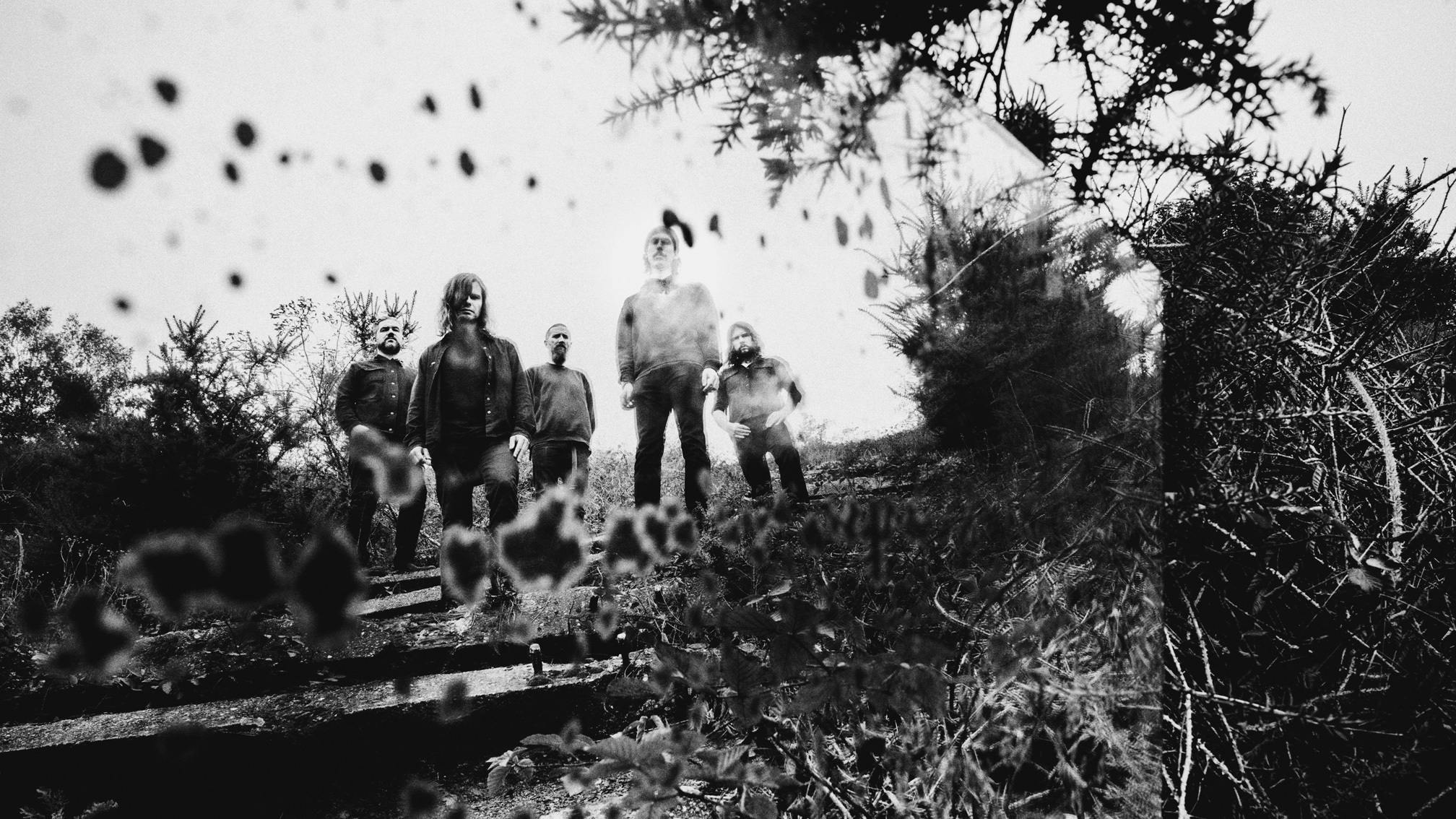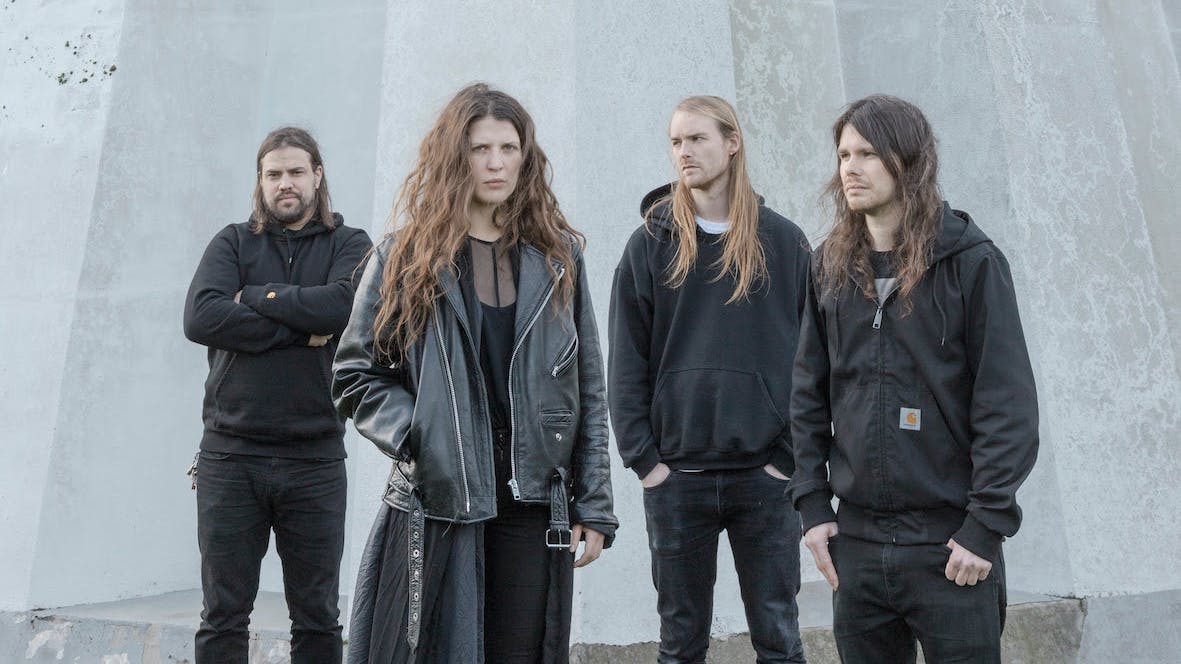Colin’s motivation and inspiration when it comes to both Amenra and the Church Of Ra aren’t necessarily related, either – he freely admits he knows very little about music. Instead he feeds off the feeling around him and how he relates to the world and other people.
“I've always been drawn to music, but I think it was getting in touch with the hardcore scene that proved the power and the possibility of doing it ourselves, ”he begins. “I think some bands along the way showed us the power of music.
“I don't know much about music. I'm not the kind of person that goes digging around a zillion bands, checking everything out, trying to be an encyclopaedia of what is happening in the world, because 90 per cent of the things that are happening in the world, I don't really like. I think about human interaction and what we see happening around us, not necessarily the news or what is happening in the world or whatever, more the things that are happening around us in a smaller circle. We are a band that works around emotion, core human emotion. We work with a universal theme that is in every human being.”
It’s this human emotion that’s poured into each record Amenra create. Every one is a manifestation of catharsis for the band, but it’s also a ritual that they invite their fans to partake in too, so that both artist and listener can share and exorcise their trauma together. At one of the last shows that Amenra played in Belgium, they lit huge fires and invited audience members to write down their feelings of loss or torment and then cast them into the flames as they performed, as a means of unburdening themselves. For Colin, creating an album is his version of burning negative emotions.
“It used to be personal trauma things, experiences in our lives that shook our ground and changed our lives. Whenever things like that happened, we started actively writing a Mass album. So that's when we got together, because then we were sure that we had something to say that matters.”
